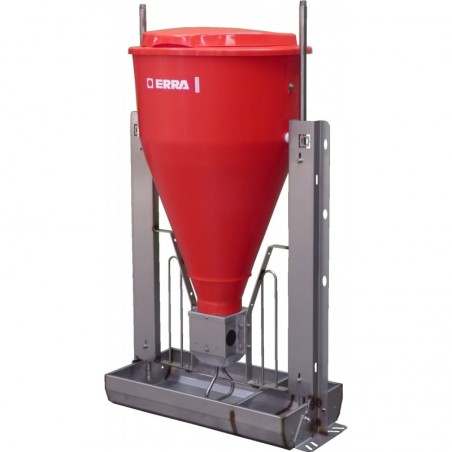Epidemiological investigations were conducted on a case series of six Senecavirus A (SVA)-affected breeding herds in the United States to determine potential routes of introduction and enhance the swine industry's knowledge of SVA's clinical presentation and spread. Each SVA-affected herd was evaluated using a standard form to ensure that all relevant data were collected. The form was used to guide a detailed discussion about the clinical presentation of SVA and risk events that occurred in the 4 weeks prior to the first observation of clinical signs with the herd veterinarian and farm personnel. Each event was then subjectively assigned a risk level of low, medium or high likelihood for SVA introduction by the investigation team.
The clinical presentation of SVA varied by case. All SVA-affected herds (six of six) reported increases in pre-weaning mortality and sow anorexia. Vesicular lesions were observed in four of six herds, and mild-to-moderate neonatal diarrhoea was observed in three of six herds. No gross anatomic or histologic lesions were observed in neonatal pigs that tested positive for SVA via PCR. Multiple potential routes of introduction were identified. Events subjectively rated as high risk for SVA introduction were on-farm employee entry (six of six), carcass disposal (four of six), cull sow removal (three of six) and breeding replacement entry (two of six). Non-swine domestic animals, rodents, other visitors, repairs outside swine barns, feed delivery, weaned pig removal and semen entry were assigned a high risk level in one of six herds. Cases occurred in breeding herds of all sizes with variable biosecurity in both swine dense and swine sparse areas.

Baker KL, Mowrer C, Canon A, Linhares DC, Rademacher C, Karriker LA, Holtkamp DJ; Systematic Epidemiological Investigations of Cases of Senecavirus A in US Swine Breeding Herds; Transbound Emerg Dis. 2016 Nov 25. doi: 10.1111/tbed.12598. [Epub ahead of print] PMID: 27888583 DOI: 10.1111/tbed.12598





